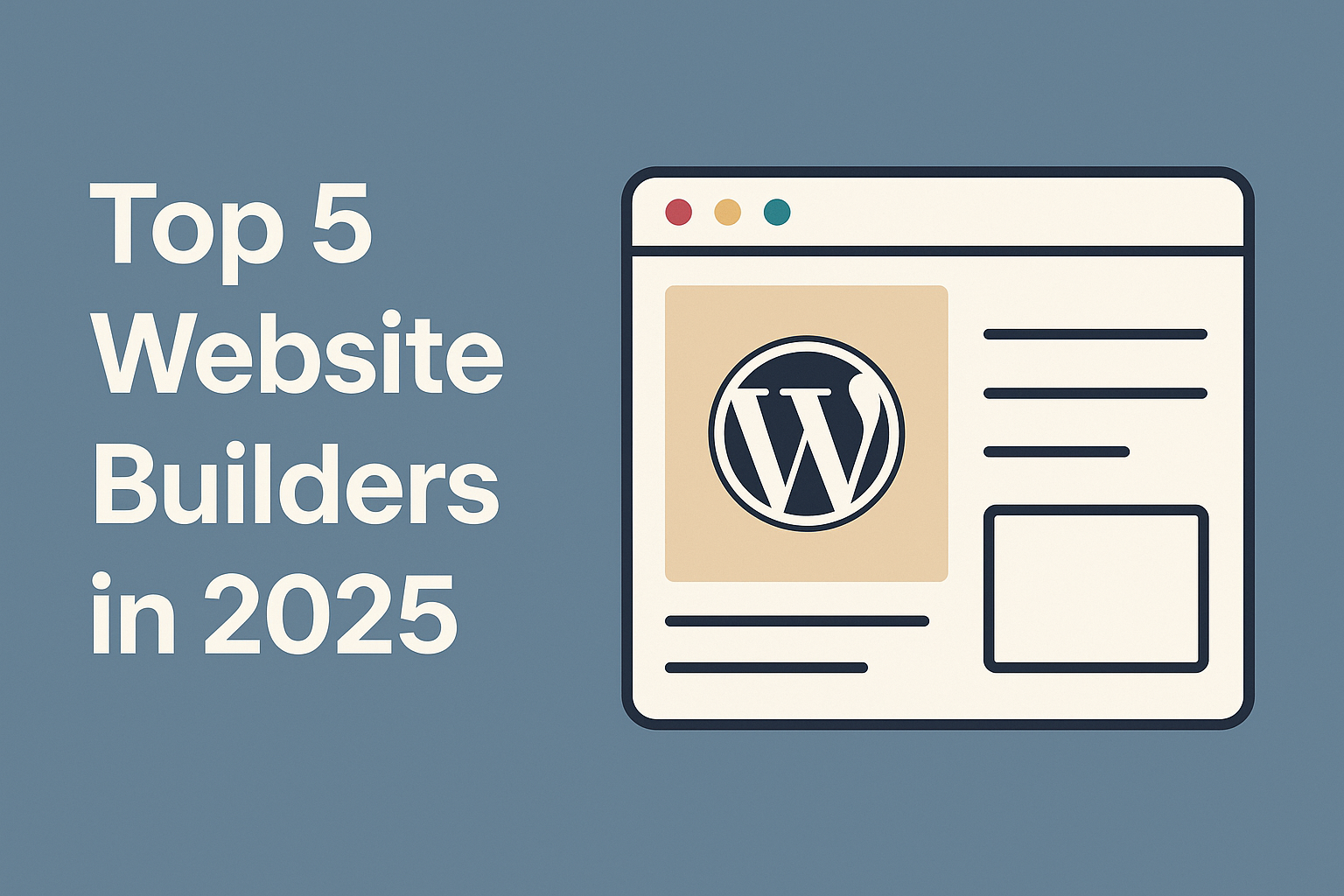This month, the FCA quietly set the stage for something significant. From October 2025, UK banks and fintechs will be able to develop and test AI models using Nvidia’s high-powered GPUs, all within a new “Supercharged Sandbox” that sits under existing regulatory rules. On the surface, it’s a sandbox but it is clear now the direction the FCA and the wider Financials Service Industry in the UK is moving, and there is no looking back.
Why it matters (2025–27)
- Experimentation without the bill: No need to build your own AI data centre.
- Compliance built-in: Sandbox tests happen under FCA frameworks – like Consumer Duty and SMR, so you’re aligned from day one.
- Real-world results, quietly: Fraud, compliance, scoring, onboarding all will get smarter behind the scenes.
- Big changes in the way Agile teams will operate: Many banks will be looking to push forward with hybrid based teams, pushing more towards data heavy product development and roadmaps.
I foresee it as a steady internal shift that’ll change banking systems and teams over the next two years and one that will only gain momentum.
Where banking will move on
- Operations: Manual tasks start vanishing. AI handles routine checks.
- Risk & Fraud: Real-time alerts and automated scoring become standard.
- Product: Real-time recommendations, dynamic pricing, smarter payments.
- Teams: Roles shift—ops, risk, product, tech, QA must all speak AI now.
| Role | How the AI shift may affect this role | What to keep in mind |
|---|---|---|
| Product Owner | AI introduces a new layer of opportunity for optimisation, particularly in areas like onboarding, fraud, and approvals. POs may find themselves shaping entirely new problem spaces, not just features. | Understanding where AI genuinely adds value (and where it doesn’t) will become key. Prioritisation will need to factor in explainability and risk. |
| Developers / Data Engineers | Engineering teams will start working more closely with AI models, APIs, and infrastructure like Nvidia’s stack. Familiarity with data handling, model integration, and sandbox tools may become more common. | Traditional dev cycles may shift to accommodate experimentation, retraining models, and real-time data flows. |
| QA / Risk & Compliance | With AI, success isn’t just about “does it work?”, it’s about how well it works, how fair it is, and whether it can be explained. QA teams will increasingly need to collaborate with compliance and risk to define new quality benchmarks. | Testing frameworks will need to adapt to deal with model accuracy, drift, bias, and audibility. |
| UX / Operations | AI will impact internal workflows and user-facing journeys. Whether it’s invisible automation or user-assistive tools, UX and ops roles will need to reframe how people interact with software when decisions aren’t always rule-based. | Human-in-the-loop design, oversight mechanisms, and clear fallback paths will become just as important as UI flow. |
| Scrum Master / Delivery Lead | Delivery roles may find themselves managing more exploratory work than fixed roadmaps. AI projects tend to require space for iteration, validation, and experimentation. | Progress tracking may rely more on learning velocity than linear feature output, requiring a slight shift in mindset and reporting. |
The opportunity
This isn’t about trying to “become an AI company.” It’s about understanding how AI is starting to sit alongside existing tools and processes and what that means for teams, systems and products. More than that it is understanding that in an age where every time we turn on the news it seems to tell us AI is taking our jobs its an opportunity to learn of how we can lead with it and not become easily replaceable.
What’s helpful is that the FCA isn’t adding the normal ‘red tape’ here. They’re offering a structured way to build and test AI within guardrails that already exist. That’s a rare thing and in my opinion a smart one. We don’t want to fall behind other nations in our roll out of AI but also want need to protect all the stakeholders within Financial Services.
I think the real takeaway from this is I really see AI becoming the norm rather than the cutting edge.






